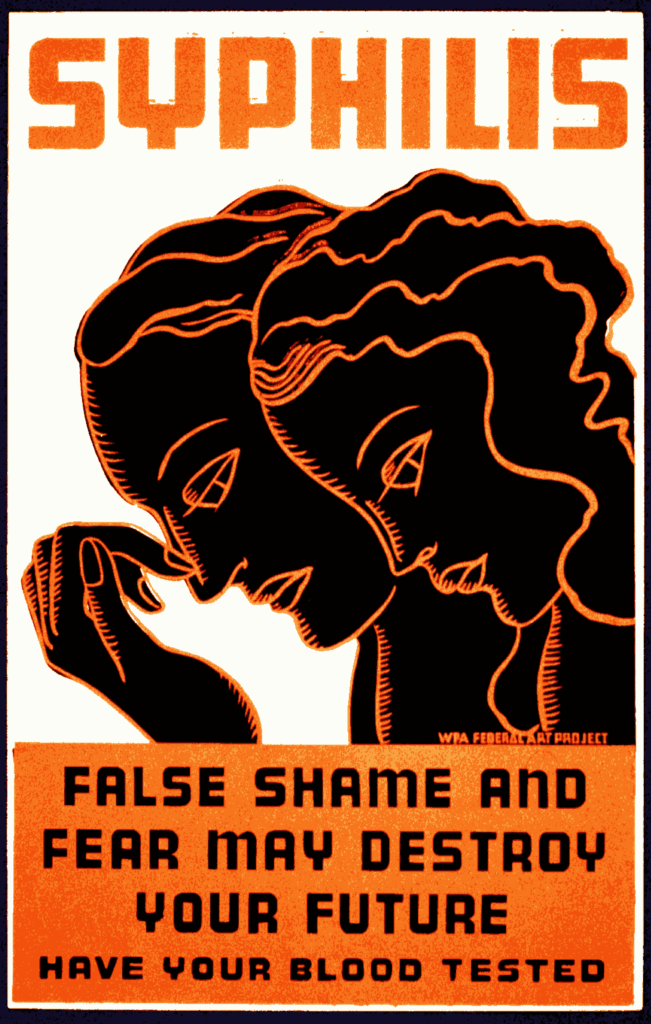 Syphilis is one of the most dreaded sexually transmitted diseases that have been known to humans for more than 700 years. It took almost 500 years to discover Treponema Pallidum the bacteria which causes the disease. In 1905, the deadly bacteria were identified by scientists. Thereafter, the discovery of penicillin led to the most successful tirade against the disease that started to recede. The disease that afflicts about 12 million people around the world was considered as a problem of public health in countries with low income. The disease was a rarity in the developed countries.
Syphilis is one of the most dreaded sexually transmitted diseases that have been known to humans for more than 700 years. It took almost 500 years to discover Treponema Pallidum the bacteria which causes the disease. In 1905, the deadly bacteria were identified by scientists. Thereafter, the discovery of penicillin led to the most successful tirade against the disease that started to recede. The disease that afflicts about 12 million people around the world was considered as a problem of public health in countries with low income. The disease was a rarity in the developed countries.
On comeback trail
The most interesting and startling fact is that the disease has not only passed down the centuries, it has made a comeback in the U.S. This revelation contradicts the statement made earlier that the concern for public health from syphilis is a matter that afflicts under developed countries. According to the figures made available by the Centers for Disease Control and Prevention (CDC) on November 17, 2015, the disease has risen significantly in 2014 across genders in all regions of the U.S. As compared to 2013, the rate of primary and secondary syphilis rose by 15.1 percent. This translates into 6.3 people per 100,000 people. Congenital syphilis that passes on from the mother to child has increased by 27.5 percent corresponding to 11.6 cases for every 100,000 live births.
Reason for alarm
There is enough reason to be alarmed at the resurgence of the ancient disease that can now turn quite deadly in combination with HIV. It is a known fact that people with syphilis have much higher chances of contracting HIV. The sores caused by syphilis are easy routes for the HIV virus to make its way into the human body. If people suffering from syphilis happen to be infected by HIV, the symptoms of HIV would be quite different from what is known to be common for others. In a world that is already fighting the menace of HIV and AIDS, the return of syphilis is no good news at all.
Testing for syphilis
Against this back drop, testing for syphilis acquires much importance. Syphilis occurs in four stages — primary, secondary, latent and tertiary. In the primary stages, syphilis can often go unnoticed because usually there are no symptoms for it. Doctors are aware about the uses of Elisa tests for detecting syphilis which can be aggressively treated with medicine.
Unprotected sex with a person having syphilis is one of the major causes of syphilis. If you have physical signs of syphilis in the form of sores on your sexual organs or mouth then you should not delay testing.
Treatment for syphilis
Penicillin has been the wonder drug for the treatment of syphilis for years. Penicillin injections are the standard treatment for syphilis in the primary and secondary stages. For advanced stages intravenous injections and hospitalization may be necessary.
Adding a twist to the tale, the CDC also reported that the trio of STDs comprising of syphilis, gonorrhea and Chlamydia are simultaneously rising and it is for the first time that this has happened.
About the author – Christopher Hawke is a journalist who has been covering the health care sector for the last 15 years. He has always lent his voice and pen for the cause of fighting HIV/Aids and other STDs. He has always raised his voice in favor of more uses of Elisa testing methods. His hobby is gardening and photography.

